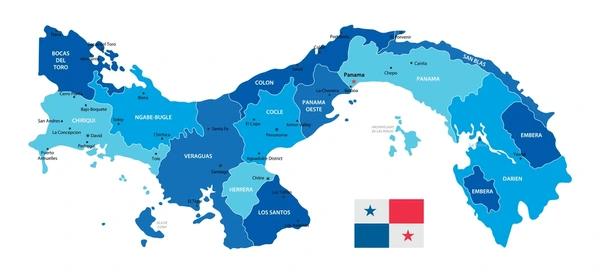
Week 3: ¡A la mesa! (Let’s eat!)
Theme: Ordering at a restaurant and talking about food (Comida)
Goals:
- Expand vocabulary related to food and beverages.
- Review and practice question words like ¿qué?, ¿cuál?, and ¿adónde?
- Introduce and practice food descriptions using adjectives.
- Learn common restaurant phrases and courtesies.
- Participate in basic restaurant dialogues.
Words & Phrases:
- Food: desayuno (breakfast), almuerzo (lunch), cena (dinner), comida (food), bebida (drink), agua (water), café (coffee), té (tea), jugo (juice), vino (wine), cerveza (beer), gaseosa (soda), postre (dessert)
- Verbs: pedir (to order), comer (to eat), beber (to drink), gustar (to like), querer (to want)
- Adjectives: rico/rico (delicious), sabroso/sabrosa (tasty), caliente/caliente (hot), frío/fría (cold), grande/grande (large), pequeño/pequeña (small)
- Questions: ¿Qué te gustaría beber? (What would you like to drink?)
- ¿Cuál es la especialidad de la casa? (What’s the house specialty?)
- ¿Está bueno/buena? (Is it good?)
- ¿Puedo ver el menú, por favor? (May I see the menu, please?)
- ¿La cuenta, por favor! (The check, please!)
- Restaurant Phrases: ¡Buen provecho! (Enjoy your meal!)
- ¡De nada! (You’re welcome!)
Activities:
- Warm-up: Play a food vocabulary charades game. Describe a dish without saying its name and see if your partner can guess it.
- Vocabulary Practice: Create a restaurant menu with pictures and names of various dishes and drinks. Practice ordering different meals and drinks using the new vocabulary.
- Food Descriptions: Divide into pairs and describe your favorite dish to each other, using as many adjectives as possible. Guess each other’s favorite dish based on the descriptions.
- Restaurant Role-playing: Set up a mock restaurant scene. One student plays the waiter/waitress, taking orders and answering questions. The other student plays the customer, ordering food and drinks, using polite phrases and responding to questions.
- Restaurant Bingo: Create a bingo board with food and drink vocabulary words. Listen to a Spanish song about food or read a restaurant review, and mark off the words you hear/read. The first person to get a bingo wins!
- Bonus: Plan a virtual potluck party with classmates. Each person can prepare a simple dish and present it in Spanish, describing the ingredients and flavors. Enjoy a virtual meal together and practice your Spanish in a fun and interactive way.
Remember: Practice makes perfect! Don’t be afraid to make mistakes and have fun using your new vocabulary and phrases. Ask questions, explore different foods and recipes, and immerse yourself in the delicious world of Spanish cuisine.
Stay tuned for Week 4, where we’ll explore the world of transportation and getting around town!
Additional Tips:
- Incorporate pictures, videos, or real-life restaurant menus into your lessons to make the learning experience more engaging.
- Encourage students to personalize the activities by bringing in their own cultural food experiences and preferences.
- Use online resources like SpanishDict or Quizlet to create flashcards and interactive games for vocabulary practice.
- Make the learning environment fun and active by playing games, singing songs, and doing role-playing activities.

